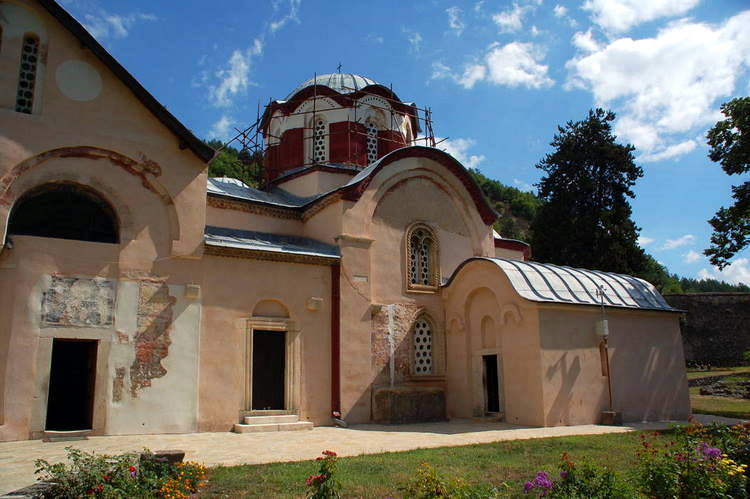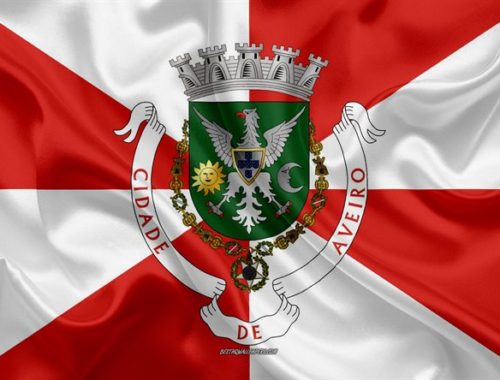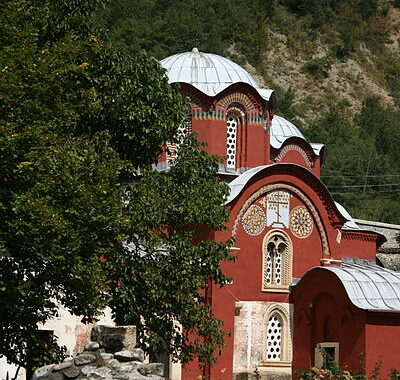
Catedral de Catânia
14 de Novembro, 2021





Catania é a segunda maior cidade da Sicília, situada na costa leste, é a capital da província que leva seu nome.É delimitada a norte pelo Monte Etna, o maior vulcão ativo na Europa.
Foi fundada no oitavo século BC., de acordo com Plutarco deriva de ‘Katane'(‘scratch’), pela associação com chão de lava áspera do território do qual surge.Foi destruída sete vezes por erupções vulcânicas e terremotos. Entre o passado mais catastrófico são lembrados em 1169 e 1693.
Hospeda a primeira universidade na Sicília, fundada em 1434 por Alfonso V de Aragão. Catania é parte de um Património da humanidade declarado pela UNESCO em 2002 chamado ‘cidades de barroco tardio do Val di Noto.

Previous
A ponta de Philadelphia

Newer
Palacio de Cortés
You May Also Like

Sítios bonitos por Aveiro
20 de Julho, 2020
Begijnhof
14 de Novembro, 2021